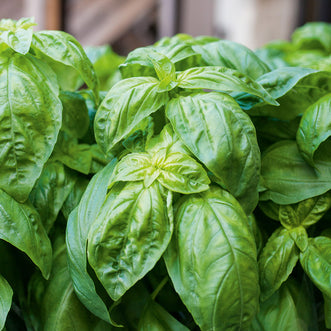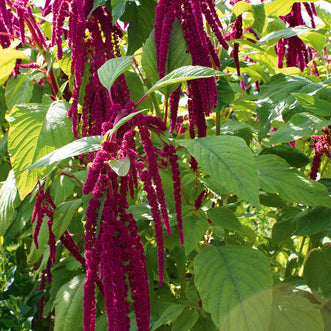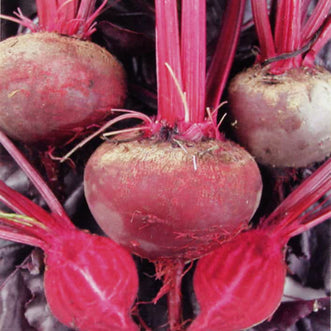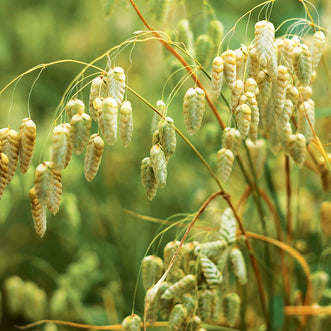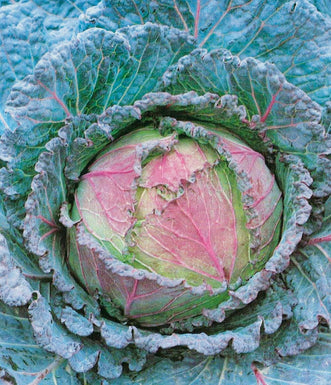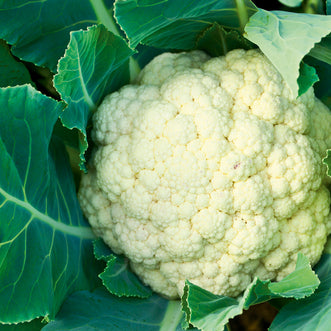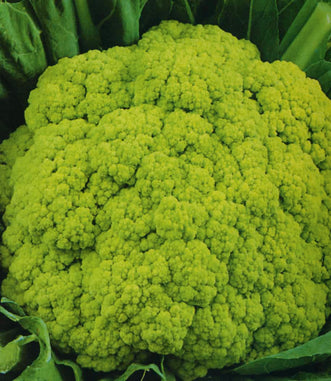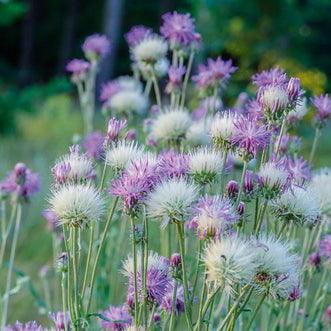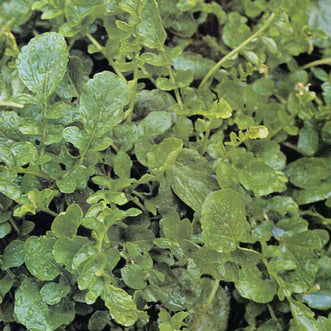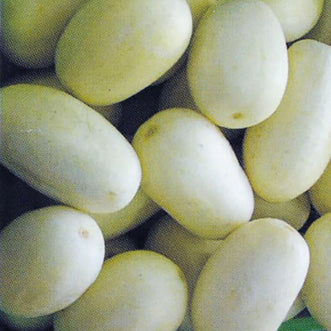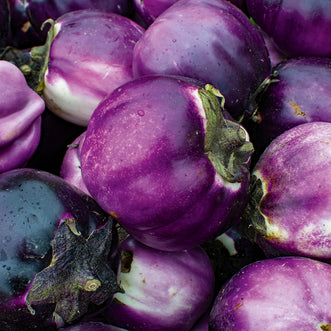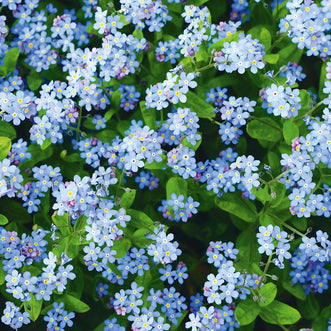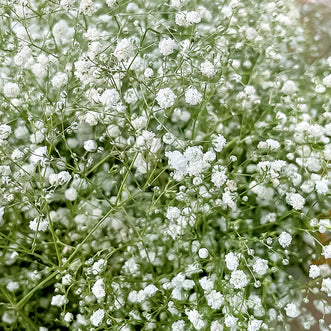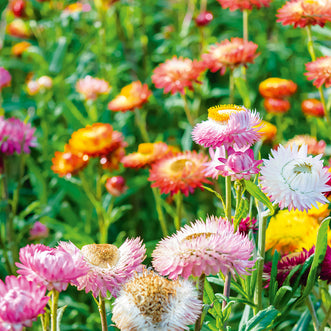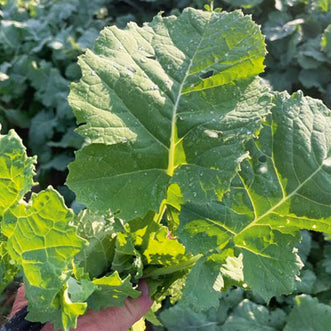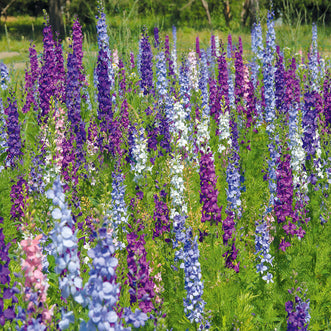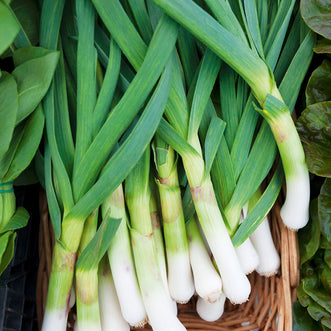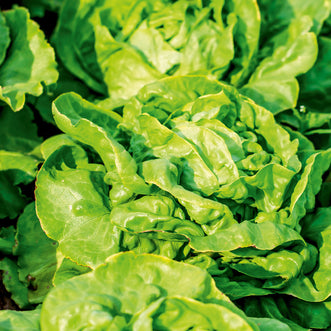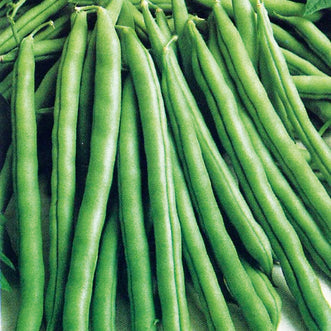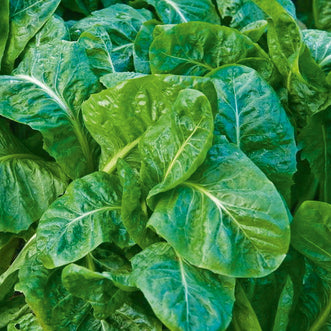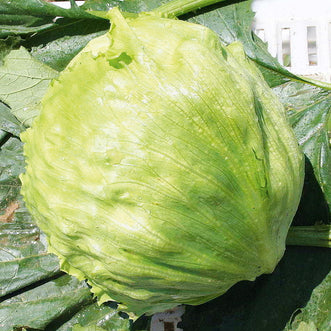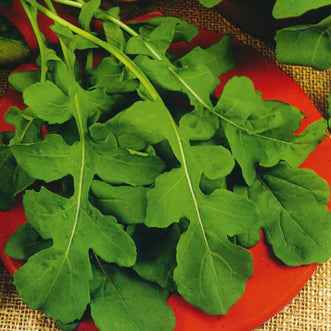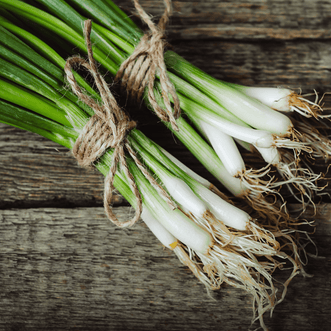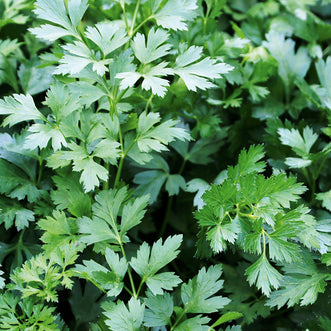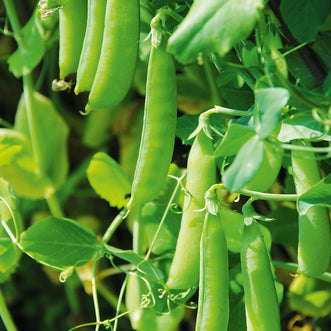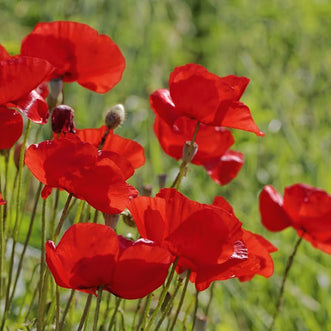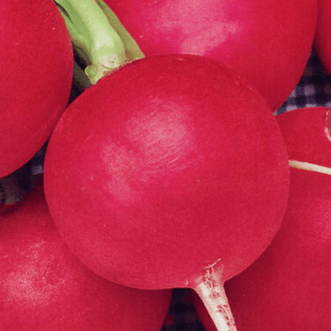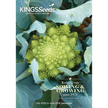How to Grow Basil From Seed – Kings Seeds

Bright green leaves, sweet summer scent and a taste many crave: that’s your invitation to dive into the world of home-grown basil. Whether you’re sowing for crunchy salads, homemade pesto or the simple joy of snipping fresh herbs on your garden ledge in Auckland, Wellington, Christchurch or further afield in Aotearoa, this guide is tailored to the Kiwi gardener dreaming of a thriving basil patch. We'll walk through how to grow basil from seed, with local timing, soil and sun tips, and key techniques for strong basil plant growing, optimal basil plant growth, and easy ways to use in the kitchen.
When and Where to Sow Basil Seeds
In New Zealand’s climate, timing is everything for achieving great basil plant growth. Basil is warm-weather-loving and doesn’t appreciate cold nights. Sow when soil and nighttime temps are consistently above 15 °C.
-
In many parts of NZ (e.g., North Island Zones 1 & 2), that means mid-October onward for first sowings, with successive sowings every 3–4 weeks for a long season of fresh leaves.
-
Choose a sunny, sheltered spot, ideally full sun (or at least 6+ hours of light) in a well-draining bed or container.
-
If you live in a cooler region (South Island or elevated sites, Zones 3 & 4), consider starting seeds indoors (or in a warm spot) and transplanting out once the risk of frost has passed.
Tip for NZ gardeners: Along the coast, your spring soil warms earlier, so get trays going in September and transplant in October. Inland or alpine zones? Wait until late October or November, or use a pot on a sunny windowsill until the ground warms.

Step-by-Step Seed Tray Prep & Direct Sowing Guide
Seed Tray Method
-
Fill a shallow seed tray or small pots with fine seed-raising mix, lightly moistened.
-
Scatter basil seeds thinly; remember the rule: no deeper than the seed.
-
Cover very lightly with a dusting of mix or vermiculite, or simply press seeds gently into the surface.
-
Place the tray in a warm, bright spot, aiming for 20-25 °C if possible. Germination typically in 5–10 days.
-
Once seedlings have 2–3 true leaves, thin or transplant into individual cells/pots, keeping the strongest.
Direct Sowing (Outdoors)
-
Wait until the soil has warmed and no risk of frost remains.
-
Prepare the bed: loosen soil, remove weeds, and incorporate compost or organic matter.
-
Sow seeds thinly in rows or clusters, about 5 mm deep.
-
After germination, thin seedlings to about 15 cm apart (depending on variety) so each basil plant has space to grow.
Pro tip: In NZ summer, successive sowings every 3–4 weeks prolong your harvest window. Skip large gaps, and you’ll keep the basil plant growing into autumn.
Potting On, Transplanting & Hardening Off Seedlings
Once your basil seedlings are established, it’s time to give them room and toughen them up for the garden.
-
When seedlings are 5–6 cm tall and have a couple of true leaves, transplant them into larger pots (15–20 cm diameter) or into the garden bed. In containers, use a good-quality herb/veggie potting mix.
-
For transplanting into the garden, ensure the soil is warm, and plant in the same depth or slightly above the original root ball. Water in well.
-
Hardening off: For a few days before transplanting, move seedlings outdoors for a few hours in a sheltered spot to acclimatise to wind, sun and outdoor conditions.
-
Maintain spacing so each basil plant has room to branch; crowding restricts growth and increases disease risk.

Food, Sun & Soil: Growing Conditions for Healthy Basil
Light & Position
Your gardener’s mantra: sun plus warmth. Basil loves full sun and struggles in cold or damp spots.
If your NZ site gets less sun or is an elevated location prone to cold nights, containers placed on a sunny paved area or against a warm house wall can help boost growth.
Soil & Nutrients
-
Basil thrives in well-draining, free-draining soil that’s enriched with organic matter. Heavy clay or water-logged soil will slow growth and invite fungal issues.
-
Add compost, worm-castings or a herb/vegetable potting mix.
-
Regular feeding during the growing period helps maintain bushy growth and vibrant leaves.
Watering & General Care
-
Keep soil consistently moist but not soggy; dry soil stresses the plant and triggers early flowering (which reduces leaf harvest).
-
Water at the base to avoid wetting leaves and reduce the risk of leaf diseases.
-
Mulch lightly around plants (especially in the transition from spring to summer) to conserve moisture and moderate soil temperature.
-
Be vigilant for pests like aphids, whiteflies, and slugs; a good hose blast, wool mulching or organic controls keeps your basil plant healthy.
Companion Planting Bonus
Plant basil near tomato plants or other summer veggies; gardeners in NZ report the pairing improves flavour and utilises garden space efficiently.
Pruning & Pinching to Encourage Bushier Growth
If you want lush, full basil plants (and let’s face it, more leaves to cook with), you’ll need to prune and pick smartly:
-
When each basil plant has 8–10 leaves and is 12–15 cm tall, pinch out the top shoot just above a pair of leaves. This stimulates branching and delays flowering.
-
Remove flower buds as soon as you see them unless you’re letting seed set. Flowering redirects energy away from leaf growth.
-
Regular leaf harvesting = more growth. When you pick basil often, it keeps producing fresh new leaves instead of bolting/flowering.
-
When harvesting, pinch just above a leaf node (where leaves join the stem) to encourage new side shoots.
Flowering Basil - If your basil plant bolts, meaning it’s just trying to create flowers and seeds. Keep it trim with a snip here, a pinch there, and it’ll stay focused on lush green foliage for you.

FAQ
How do you grow basil successfully?
Growing basil successfully in NZ comes down to balancing the basics: warm soil, full sun, good drainage, regular picking and keeping it stress-free. Start from seed in a warm batch, plant out when the risk of frost has passed, and give it plenty of light and moderate feed. Keep harvesting and pruning so the basil plant keeps growing rather than going to flower.
Do basil plants like sun or shade?
Basil plants prefer full sun, ideally 6 or more hours of bright light each day. In cooler climates or shady spots, they will grow, but slower, spindly and less flavourful leaves are likely. A partly shaded spot is okay, but not optimal.
How do you pick basil so it keeps growing?
Pick from the top down: remove leaves or pinch stems just above a leaf node. Avoid taking more than one-third of the plant at once. When you harvest regularly, the plant is stimulated to produce new growth, remaining bushy rather than leggy. Remove flower buds too.
How to pick herbs without killing plants?
Treat each herb plant like a feeding friend. Don’t strip all the leaves, take a handful or limit to one-third of the plant at a time. Use clean scissors or pinch cleanly to avoid damage. Leave plenty of foliage so the plant can photosynthesise and keep growing. For basil, always pinch above a node (leaf junction) so new shoots emerge.
Common Basil Varieties & Their Flavours
Here are a few favourites for New Zealand gardens:
-
Sweet Genovese: The classic for pesto and Italian-style cooking—large glossy leaves, rich sweet flavour.
-
Thai Basil: Narrower leaves, licorice/anise undertone, hardy and great for Asian cuisine.
-
Red Basil: Striking red/purple foliage, good for garnish and salads. Great contrast planted alongside green basil.
-
Basil Lettuce Leaf: Large, ruffled leaves that resemble baby lettuce, with a mild and sweet basil flavour, ideal for wraps, salads, and making loads of pesto.
-
Basil Greek Mini: A charming, compact plant forming neat mounds of tiny leaves with intense fragrance; great for pots, bench top gardens, or edging garden beds.
-
Basil Lemon: Zesty and bright, with citrus notes that lift seafood dishes, summer drinks, and light desserts.
Grow Beautiful Basil This Season
Give your basil the spotlight it deserves: warm soil, bright light, regular attention, and a good clip now and then, and it will reward you with fresh fragrant leaves, ready to snip and stir into cooking, blend into pesto or garnish your garden-to-plate creations. Growing basil from seed is a satisfying cycle of sowing, nurturing and harvesting, especially for a Kiwi gardener wanting healthy herb plants that complement the kitchen as much as the garden.
Here’s to flourishing basil plants in your garden. May your seed trays burst with green, your salads sing and basil scents drift through the kitchen and onto your plate this season.

